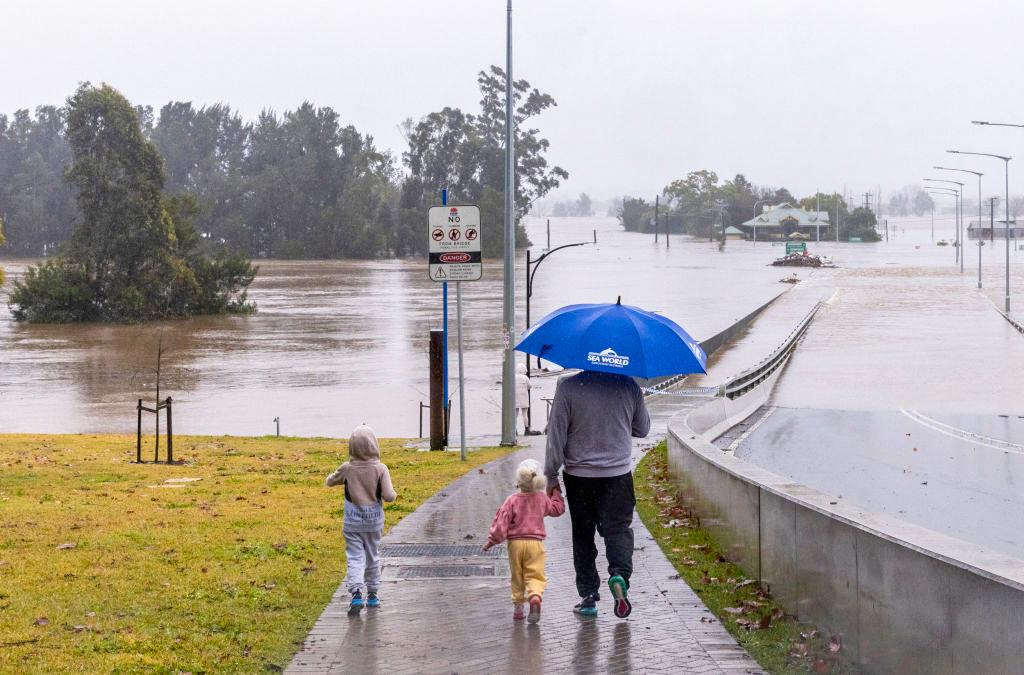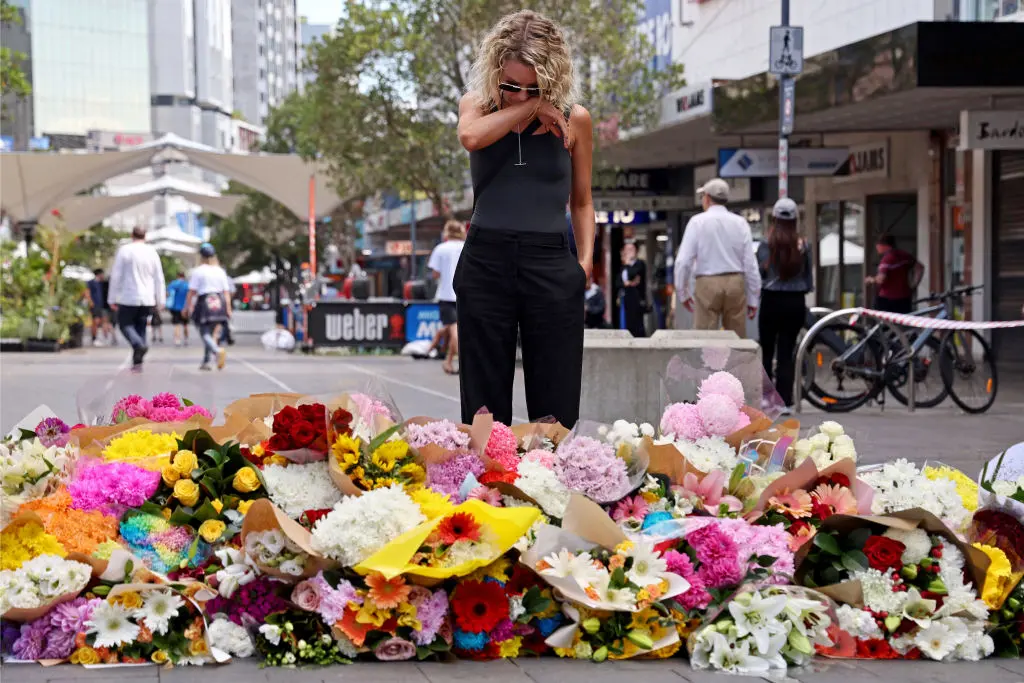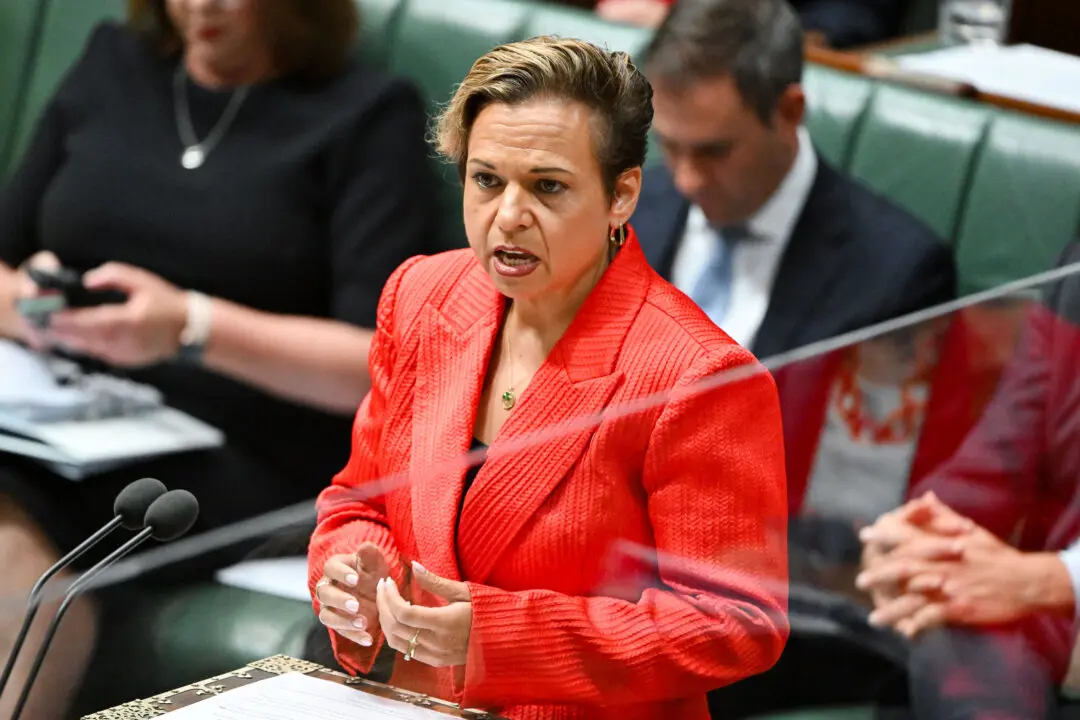Rainfall records have been smashed after heavy storms lashed Victoria, with New South Wales (NSW) now on high alert for a spate of destructive weather.
The Bureau of Meteorology warned heavy and intense rain is anticipated for NSW residents from April 4, exceeding 100mm with totals close to 200mm.





